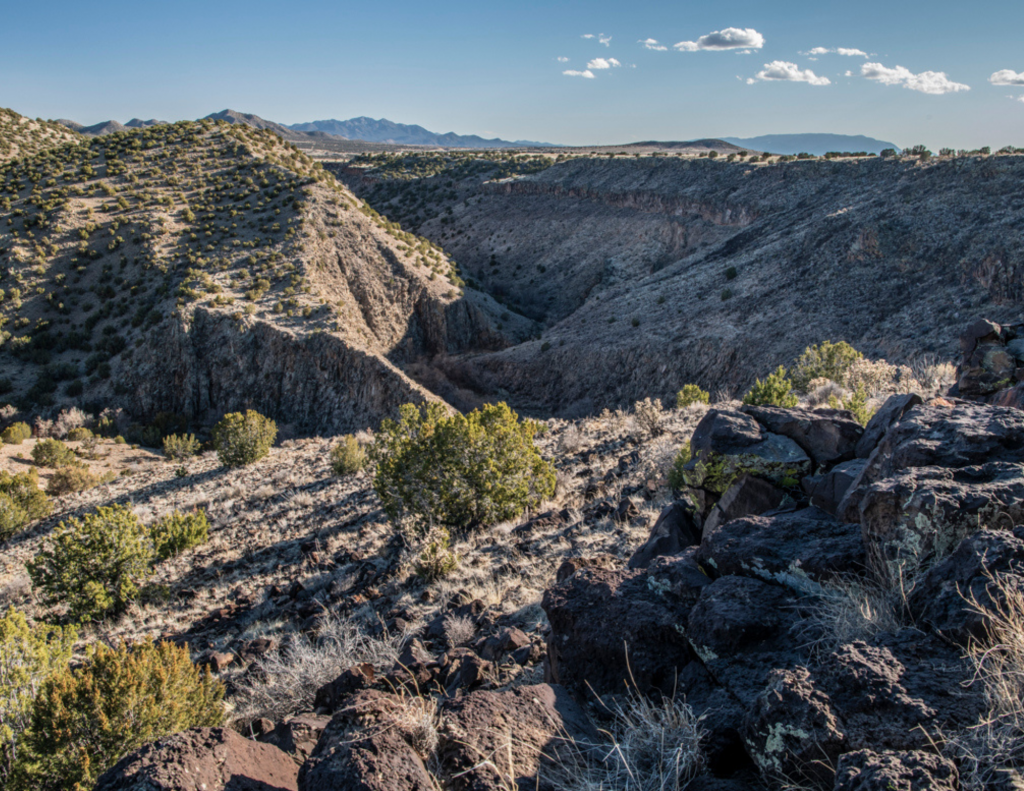
In 2021, Governor Michelle Lujan Grisham signed an executive order calling for New Mexico to protect 30% of its land and waters by the year 2030, joining a national initiative to combat climate change and improve the long-term resiliency of our ecosystems and natural landscapes. The executive order sets two goals to be reached by 2030: (1) “conserved lands” totaling 30% of New Mexico; and (2) “climate stabilization areas” totaling an additional 20% of New Mexico. The State’s 30 by 30 Committee has issued a Request for Information (survey), asking the public to weigh in on draft definitions for “conserved lands” and “climate stabilization areas.”
We need your help to ensure that New Mexico adopts definitions that will effectively mitigate the catastrophic effects we are already experiencing from climate change. The State’s draft definitions are woefully inadequate. Good definitions will help the State to measure existing contributions toward conservation goals and to evaluate whether new conservation projects will meet the desired outcomes.
The State’s implementation of the definitions should be based on the following values:
· Best available science;
· Measurable;
· Locally and community-led;
· Equitable and inclusive;
· Benefit both current and future generations; and
· Premised on the belief that New Mexico’s natural and cultural heritage are inextricably linked.
Conserved lands could include public, private, State and Trust, and Tribal lands that accomplish the purpose and objectives of 30 by 30. Conservation of lands and waters does not require the transfer of ownership to the government and does not impact New Mexico’s system for regulating water rights.
New Mexico Wild suggests the following definition for “Conserved Lands”:
“Conserved lands” are clearly defined geographical areas of lands and surface waters in a primarily natural condition that have permanent protection from the loss of natural vegetative and soil cover, and are managed, restored, and monitored to promote carbon sequestration, climate resiliency, hydrological integrity, biodiversity, and wildlife habitat and corridors. Conserved lands are mostly free from climate and biodiversity stressors such as road building, logging, and mining. Conserved lands have a mandated management plan in place to maintain a natural state.
New Mexico Wild suggests this definition for “Climate Stabilization Areas”:
“Climate Stabilization Areas (CSAs)” are clearly defined geographical areas of lands and surface waters in a natural or semi-natural condition that have durable protection from the loss of natural vegetative or soil cover for most of the area. CSAs may be open to some extractive uses but are managed primarily to promote carbon sequestration, climate resiliency, hydrological integrity, biodiversity, and wildlife habitat and corridors.
To contribute your ideas, please fill out the 30 by 30 survey by clicking here.
The deadline to complete the survey is November 15, 2022.

